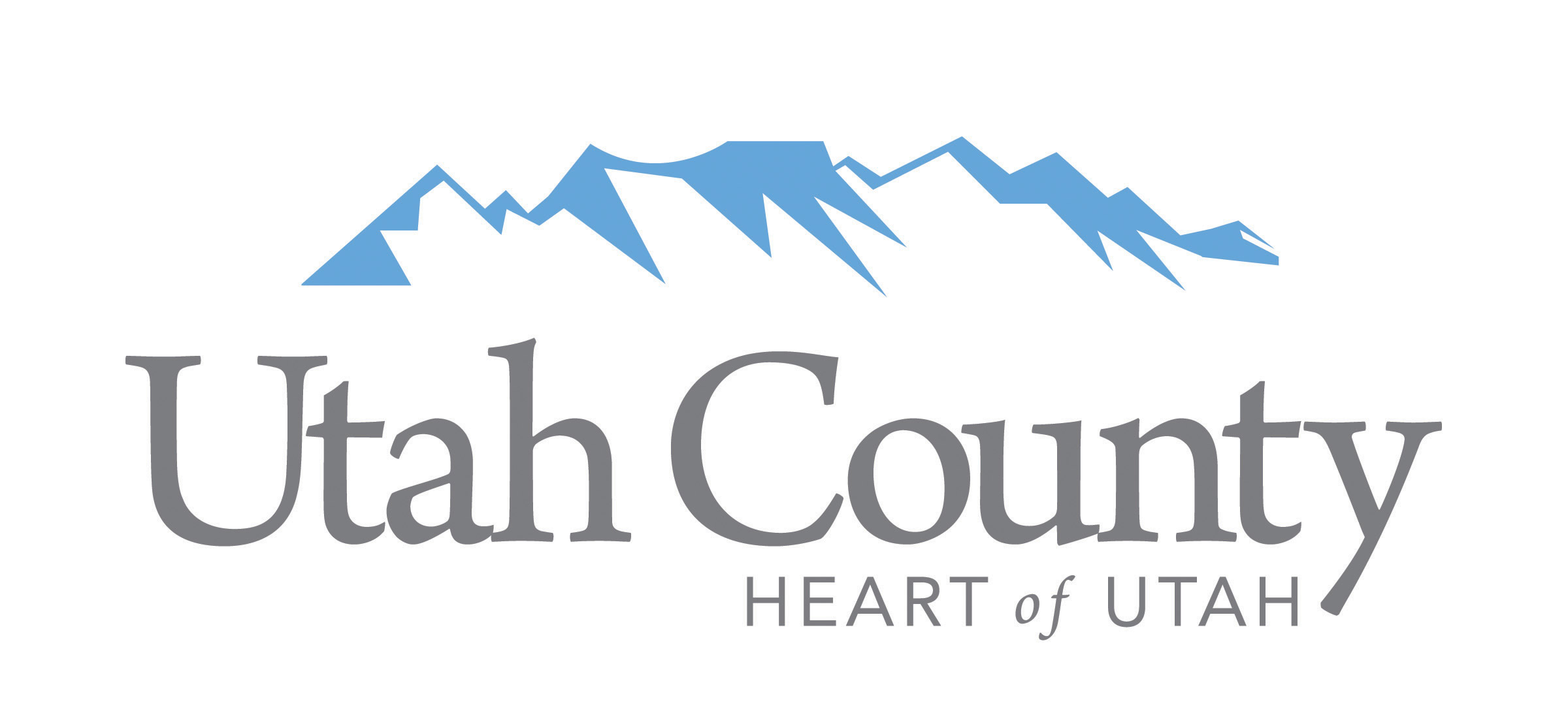Frequently Asked Questions:
All name changes must be done with a recorded document. A title company or an attorney may assist you with these documents.
Most office supply stores carry blank deed forms. The Recorder's office does not have forms of any kind and cannot make or fill out documents for you. Please be aware that you are dealing with legally binding documents. You may wish to seek legal advice.
You can do a title search on our website by Searching Utah County Records, or contact a title company to perform one for you. You should be aware that there may be other liens and judgments or encumbrances affecting your property that will not be found in the Recorder's records.
In 1994, the Residence Lien Restriction and Lien Recovery Fund Act established a means for the protection of homeowners. The homeowner must comply with the specific requirements of the Act. Questions about the Act may be answered by reviewing the Act found in Title 38-11 of the Utah Code and the corresponding Rules found in Title R156-38 of the Utah Administrative Code. If questions still exist, contact representatives of the Residence Lien Recovery Fund Program at (801) 530-6104 or (801) 530-7632. http://www.dopl.utah.gov
If you have a specific document you are looking for, it can be found easily with our various indexes (see Searching the Records), however it is advised that you consult with a Title Company if you need a thorough search of your property.
You can request a copy from our office in person or by mail. Copies are $1.00 per page. If mailing your request, please enclose the appropriate fee for the copy and a self-addressed stamped envelope.
If your property is part of a subdivision, the dimensions are found on a copy of your plat map. You can find images of your plat in our map filings online or you can come into our office. If your property is not part of a recorded subdivision, then you can find your dimensions by looking at your vesting deed. Your deed contains a legal description of your property. Be aware that changes may be made to your original dimensions by boundary line agreements, and or other recorded deeds such as a Quit Claim Deed, that have deeded portions of the original description to another party.
This is commonly known as the "Race to the Record." This means that documents are recorded in the order in which they are received. No instrument is given priority over the others. In other words if two conflicting documents regarding the same property are recorded, the first document recorded takes precedence. Standing in line with your instrument ensures the order in which it will be recorded.
If the document meets the proper requirements and the proper fees have been paid, we accept the document and record it. It is first given a recording stamp. Then the document is optically scanned and microfilmed and a copy is made for use in our department. If the document is brought in person, it is then handed back to the recording party. If it was mailed, then it will be returned to the address on the deed or as otherwise requested. The data entry department then types pertinent information to create indexes so that the document can be located on the computer in the future. The mapping department then checks each document. They assign parcel numbers based on the legal description and make changes on the maps as necessary. Another department then checks the document copy to make sure the parcel number assigned is valid. If it is a releasing document, the proper cross references are made in the old hand-written abstract books. The document is then returned to the entry department where they enter in the new parcel information to create an abstract history for each parcel of land.
No. Not every parcel of property in the County has an address. Only properties with a building have an address, and some parcels may have more than one address, i.e. apartments. Each city in Utah County is responsible for assigning addresses for buildings within its boundaries. The cities may not inform the Assessor of each new address, or any address changes. When we receive a plat map from a city it is required by law to have temporary addresses. These are generally input by the Assessor's office but they are only temporary and may be changed. There is no accurate way to track a parcel based on its address.
